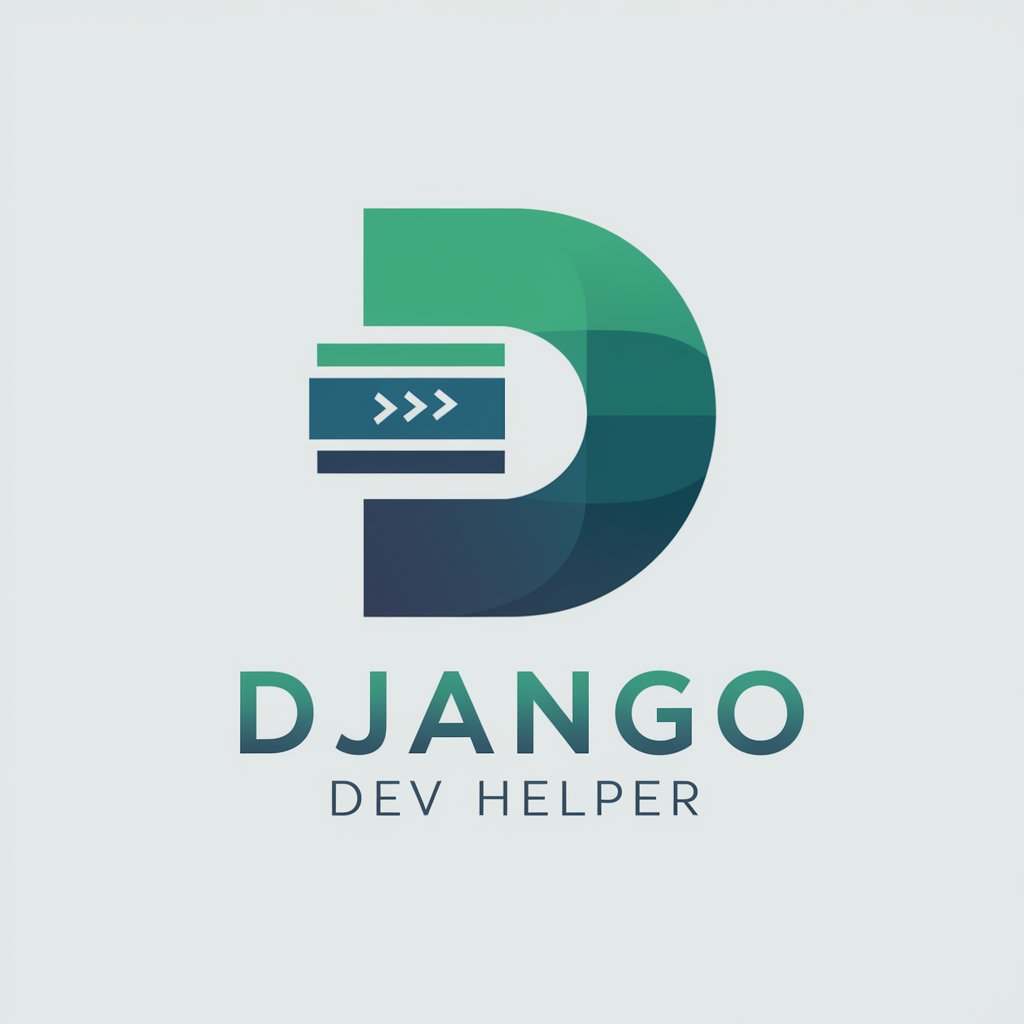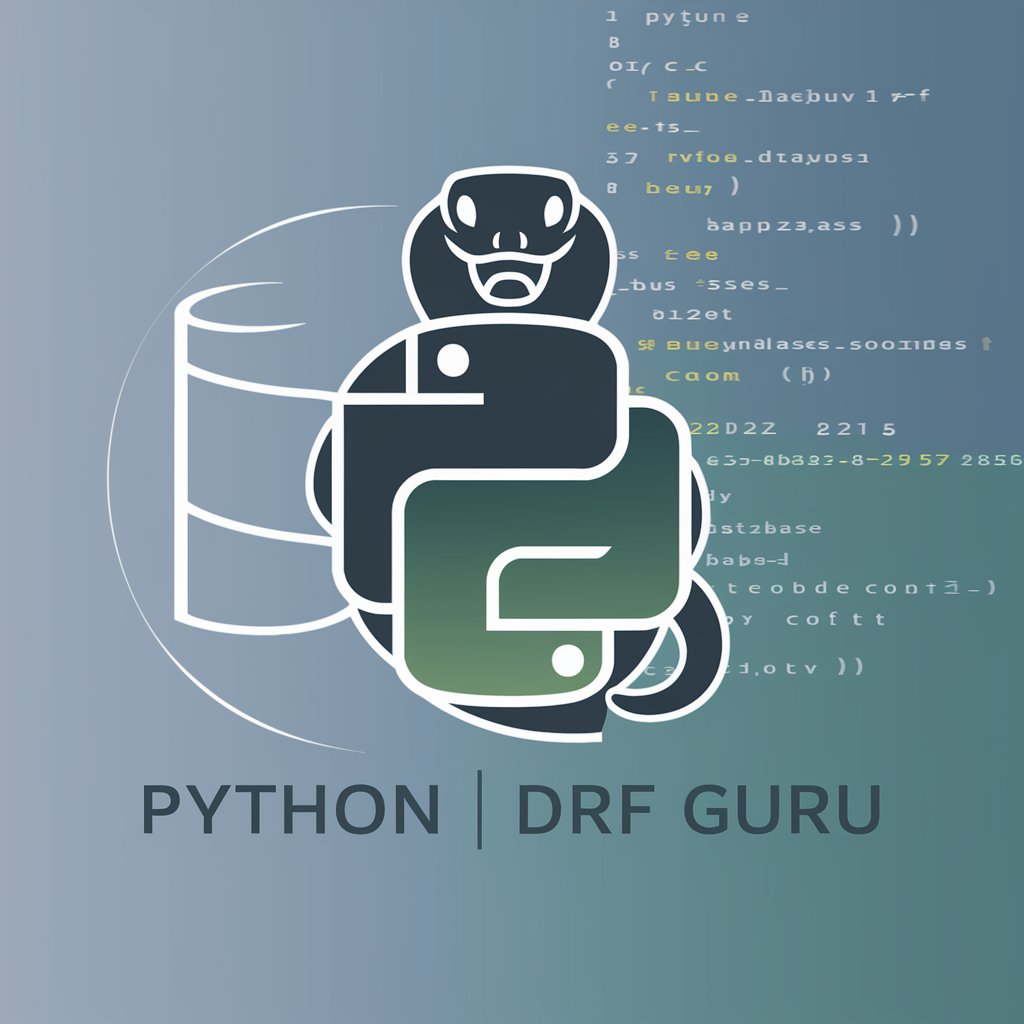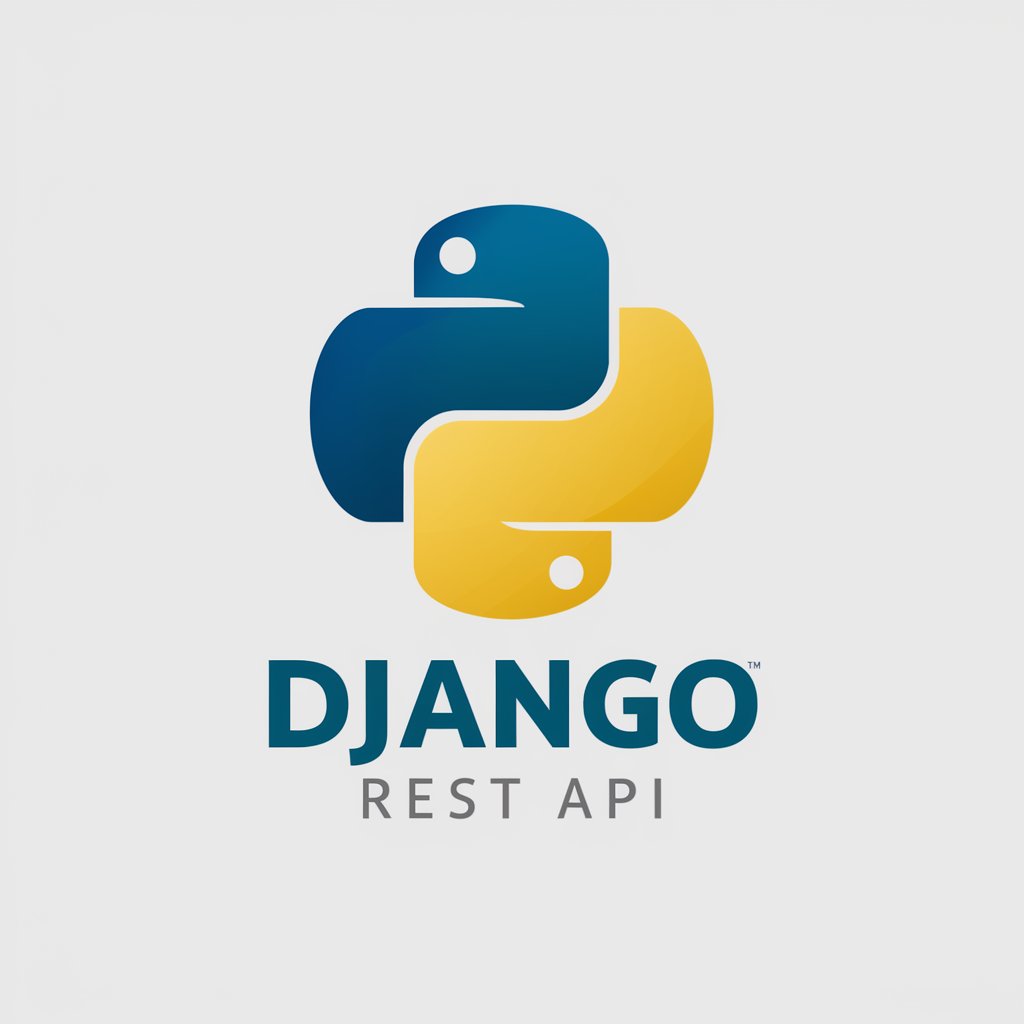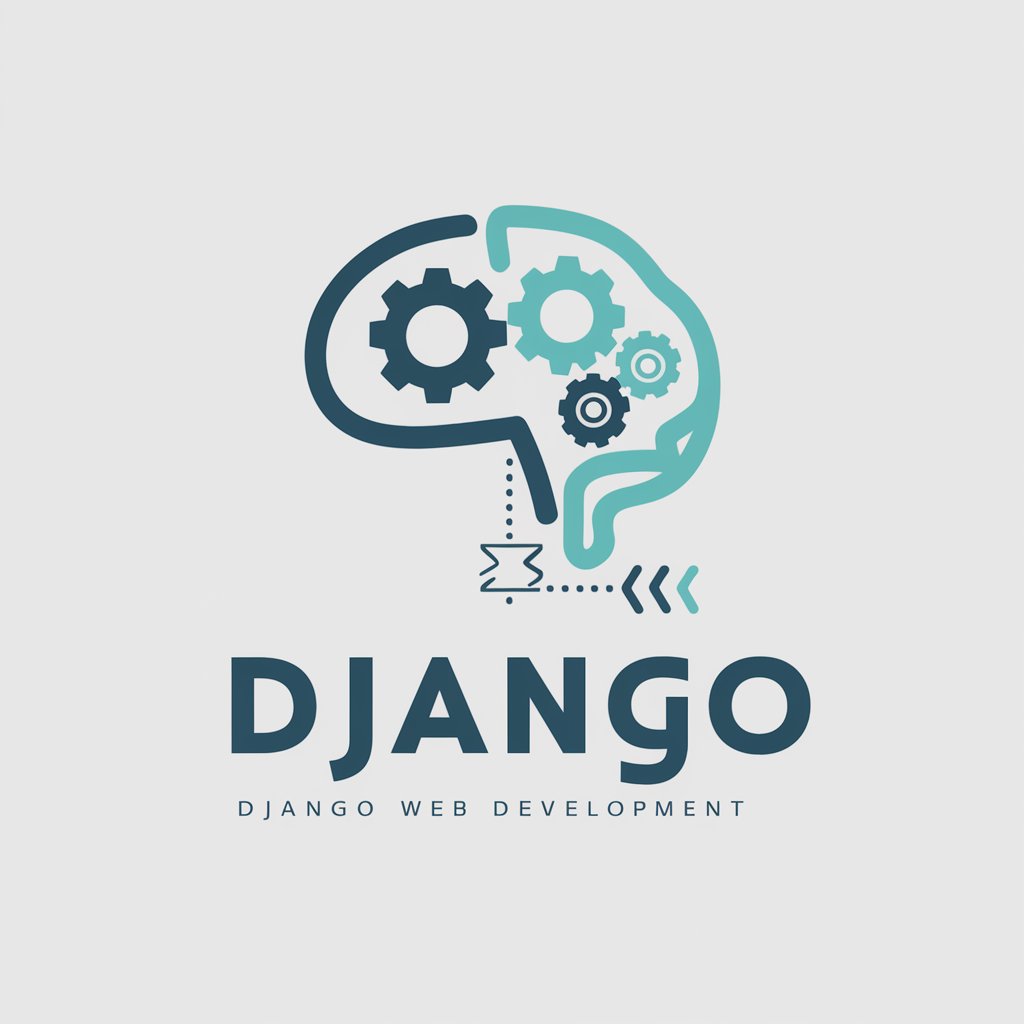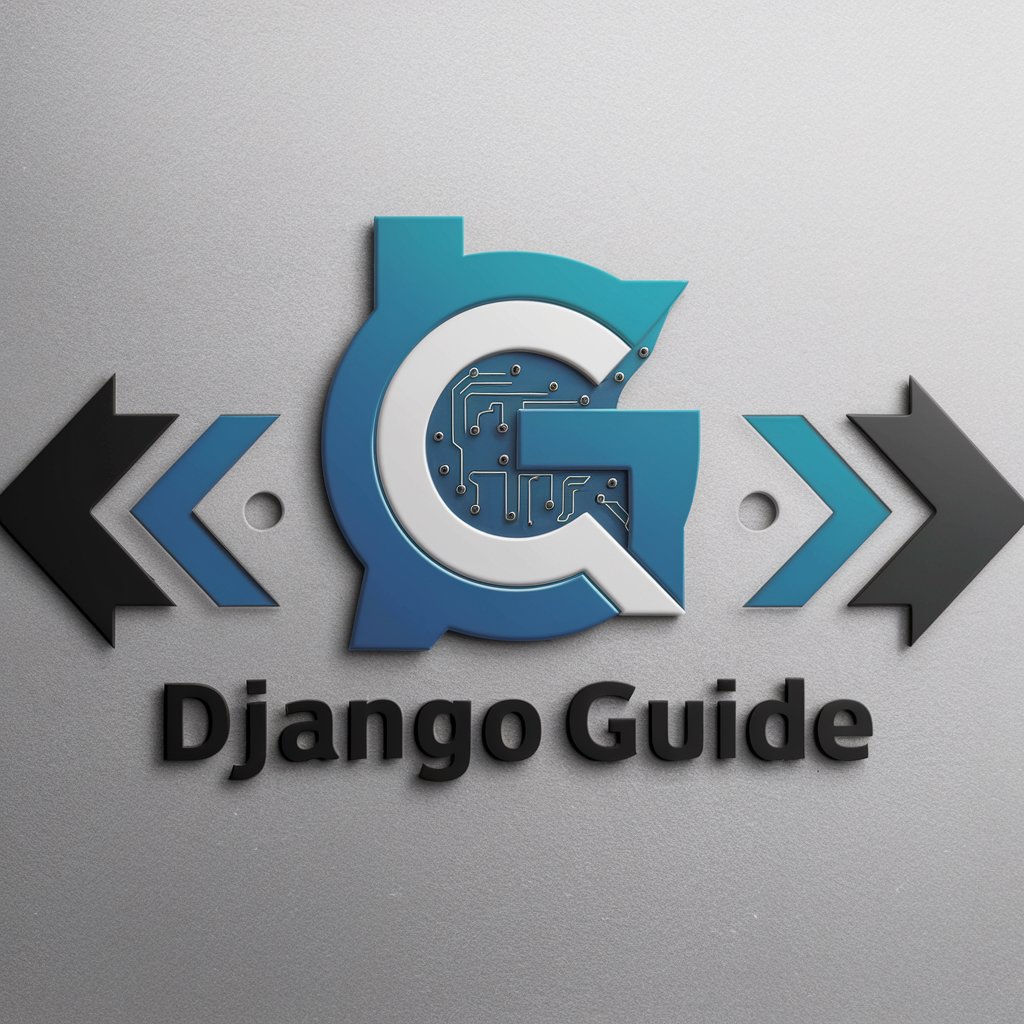
Django Rest Framework Documentation - Django REST API Toolkit
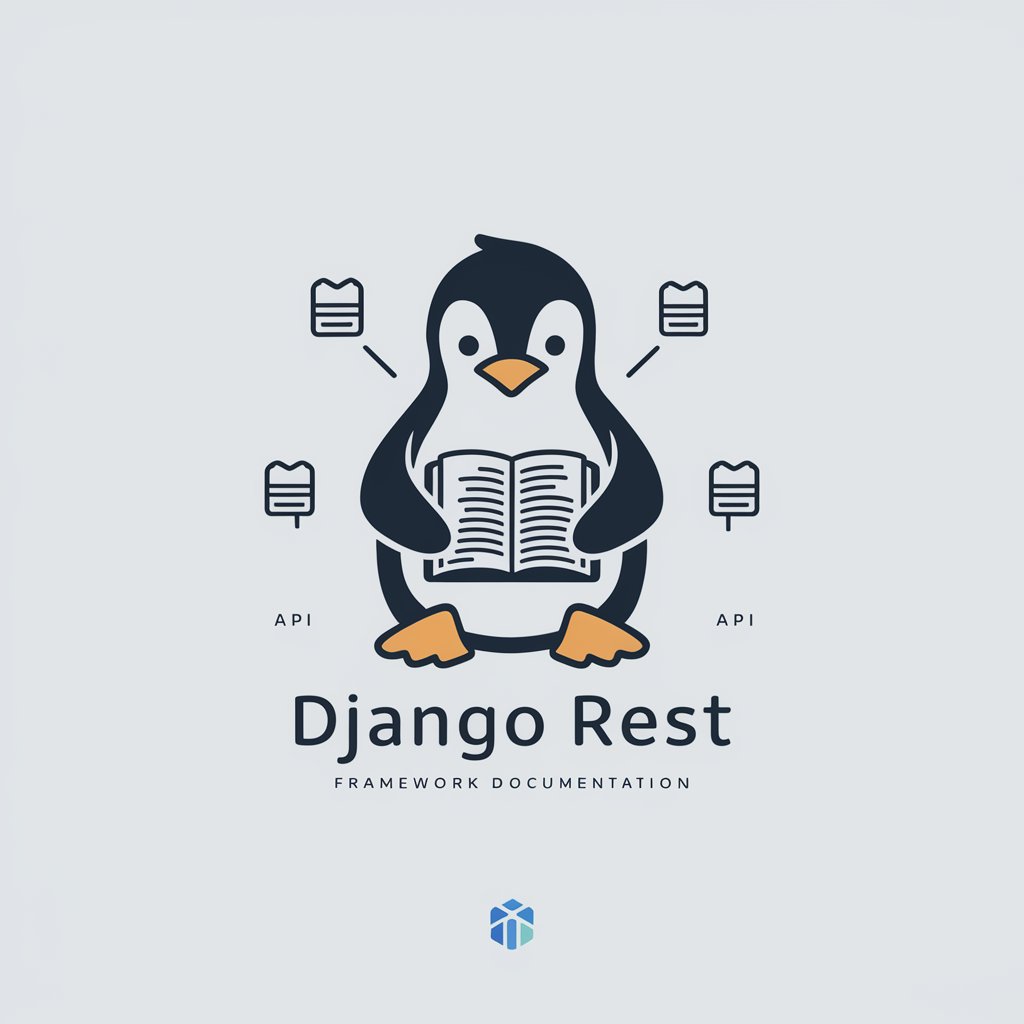
Welcome to Django Rest Framework Documentation!
Empower APIs with AI-driven Documentation
Create a logo that embodies the spirit of Django Rest Framework Documentation, focusing on
Design an educational and engaging logo for an AI specializing in
Craft a modern, simple logo that represents an AI teacher in the field of
Generate a logo that combines elements of coding and learning for a tool called
Get Embed Code
Overview of Django Rest Framework Documentation
Django Rest Framework Documentation serves as a comprehensive guide and tutorial for developers aiming to build web APIs with the Django Rest Framework (DRF). It is designed to provide a detailed understanding of DRF's capabilities, including serialization, requests and responses, class-based views, authentication and permissions, relationships and hyperlinked APIs, as well as viewsets and routers. The documentation introduces the basic concepts of DRF through a tutorial that covers building a simple pastebin code highlighting web API, highlighting how different components of DRF fit together. Examples include setting up a new environment, creating models, serializers, and views, and then extending functionality with authentication, permissions, and hyperlinked APIs. Powered by ChatGPT-4o。

Core Functions of Django Rest Framework Documentation
Serialization
Example
Defining a `SnippetSerializer` class to convert snippet instances into JSON format.
Scenario
Used when developers need to create API responses that convert complex data types, like Django models, into formats that can be easily rendered into JSON or XML for consumption by clients.
Requests and Responses
Example
Utilizing `Request` objects for more flexible request parsing and `Response` objects for content negotiation.
Scenario
Applied in scenarios where APIs need to handle different content types in requests and responses, adjusting dynamically to the 'Accept' headers sent by clients.
Authentication and Permissions
Example
Implementing token authentication and permission classes such as `IsAuthenticatedOrReadOnly`.
Scenario
Necessary for APIs that require secure access control, ensuring that only authenticated users can perform certain actions while providing read-only access to unauthenticated users.
Relationships and Hyperlinked APIs
Example
Using hyperlinked relations in serializers to enhance API discoverability and cohesion.
Scenario
Ideal for creating RESTful APIs where resources are interconnected through links, allowing clients to navigate between related resources effortlessly.
ViewSets and Routers
Example
Defining `UserViewSet` and automatically generating URL conf with `DefaultRouter`.
Scenario
Used to reduce boilerplate code for URL configuration, making it easier to develop and maintain APIs with standard CRUD operations.
Target User Groups of Django Rest Framework Documentation
Web Developers
Developers looking to build robust, scalable web APIs using Django. The documentation provides them with a solid foundation in DRF, showcasing best practices and efficient ways to solve common API development challenges.
Backend Engineers
Engineers focused on server-side logic, database management, and authentication. They benefit from DRF's serialization and permission systems to secure and interact with data effectively.
Project Managers and Architects
Individuals responsible for designing and overseeing web projects. The documentation can help them understand DRF's capabilities and how it fits into the overall architecture of a web application, ensuring that API design aligns with project requirements.

Using Django Rest Framework Documentation
Start Free Trial
Begin by accessing yeschat.ai for a complimentary trial experience without the need for login or subscribing to ChatGPT Plus.
Install Prerequisites
Ensure Django and Django Rest Framework are installed in your virtual environment. Use pip install django and pip install djangorestframework.
Explore Tutorials
Navigate through the tutorials section to understand the basics of serialization, requests, responses, and viewsets among other concepts.
Implement Examples
Apply the concepts by following the step-by-step guides provided, starting from setting up your environment to creating your first API.
Utilize API Guide
For advanced usage, delve into the API guide to explore authentication, permissions, relations, and more in-depth topics.
Try other advanced and practical GPTs
Recruiting-GPT by talenthafen
Empowering Recruitment with AI Precision
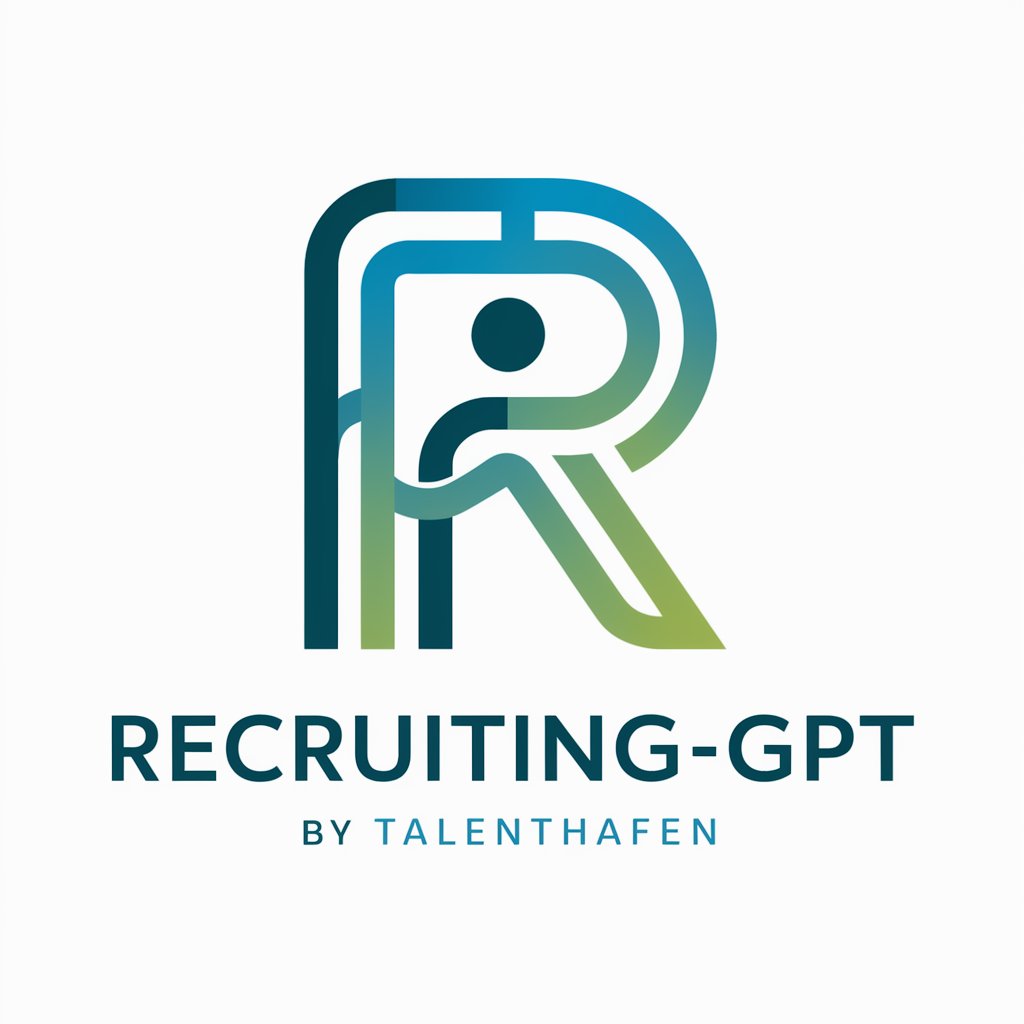
Viral Muse
Craft Viral Tweets with AI
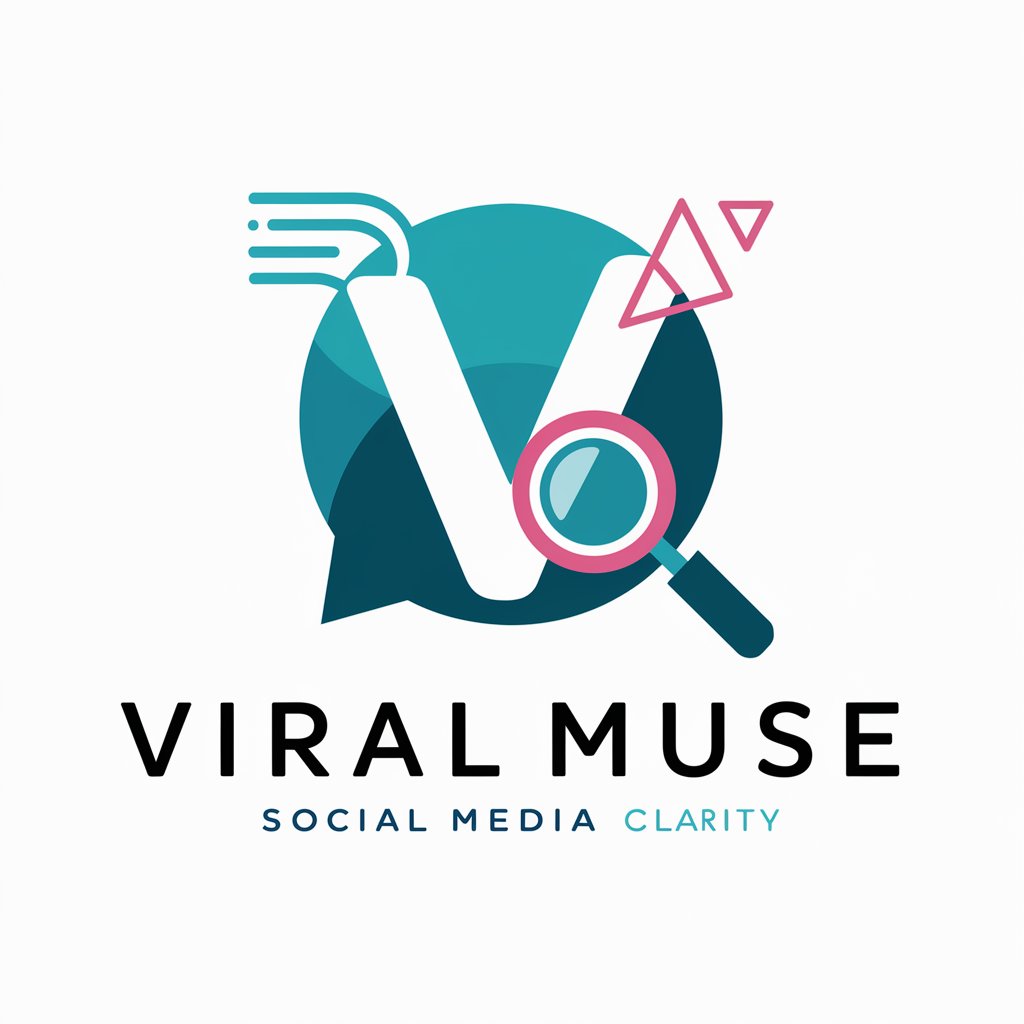
中医智者
Empowering health with AI-driven TCM wisdom

OKR Navigator
Empower Your Goals with AI-driven Insights

AI Pidgin Translator
Bridging languages with AI-powered precision
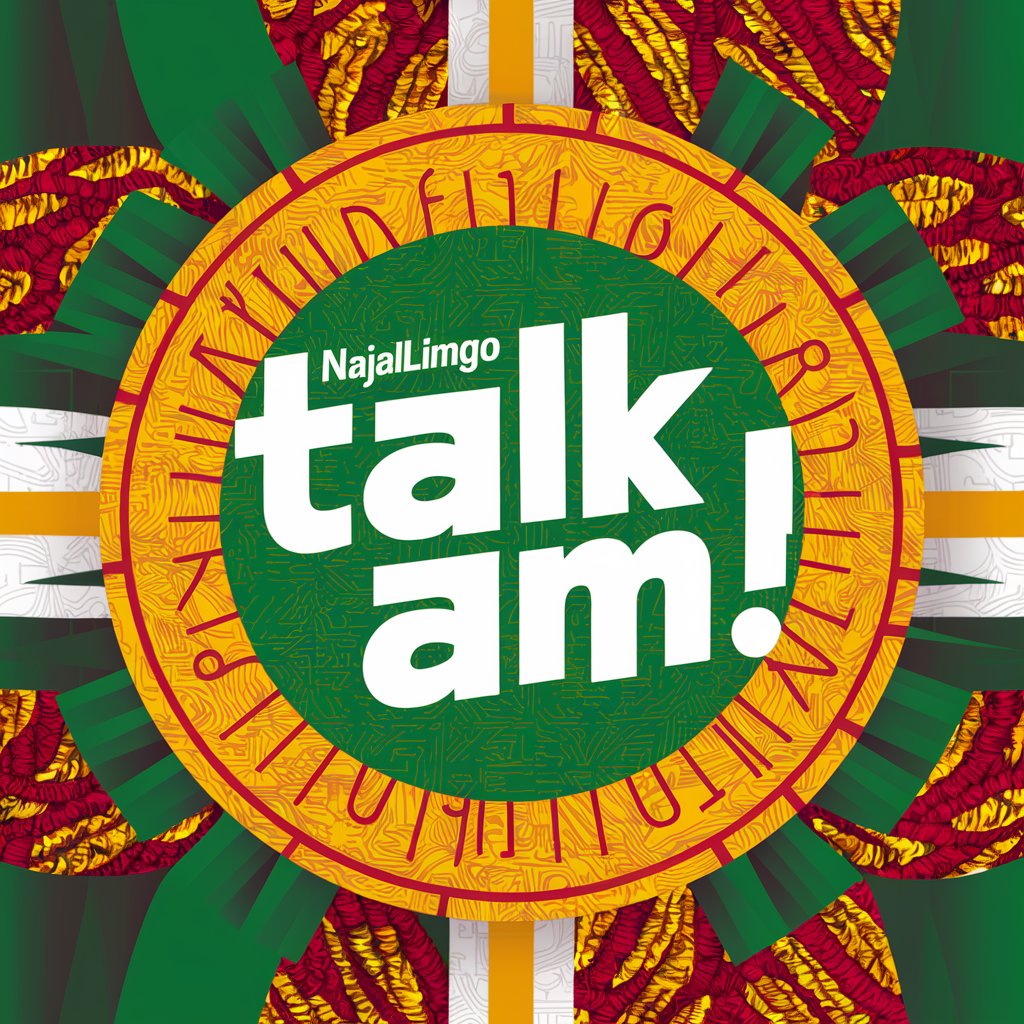
ConstructSafe Guardian
Elevating Construction Safety with AI
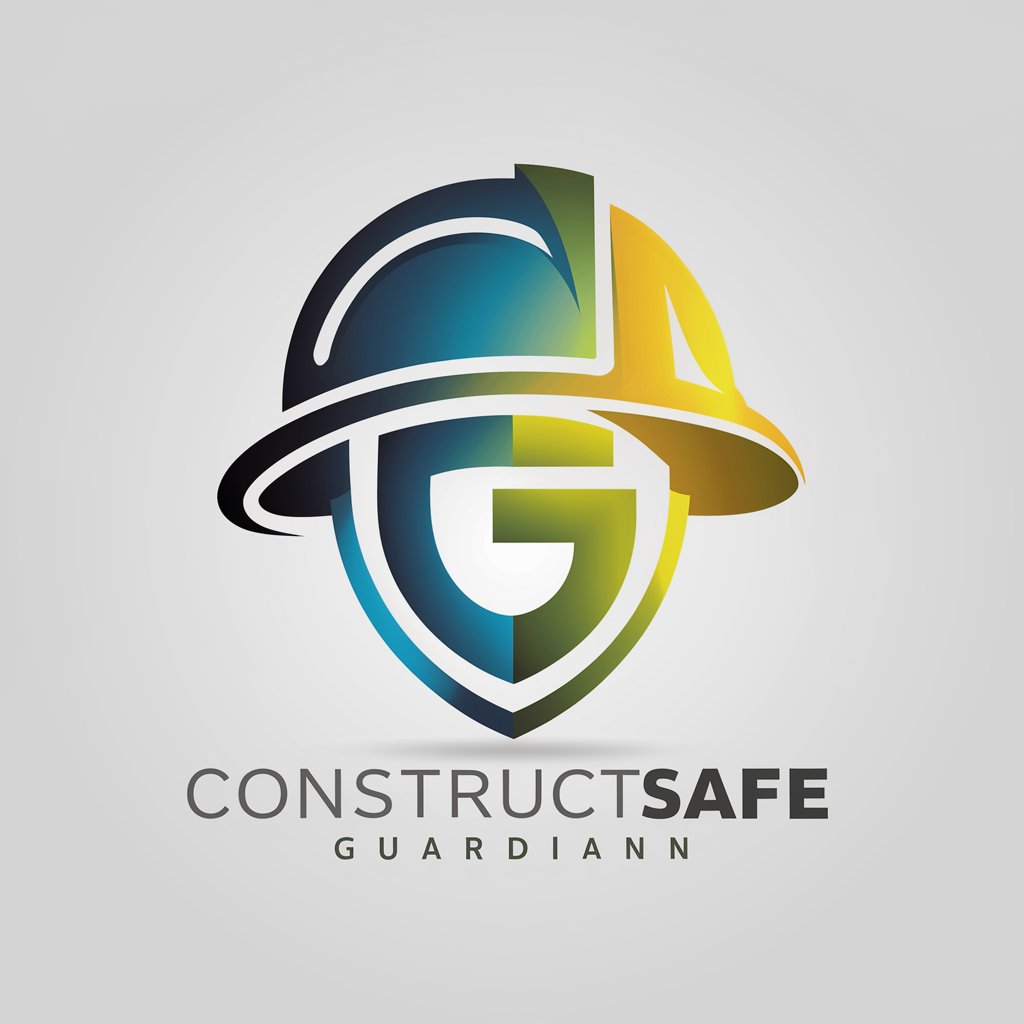
BOT the Builder Interactive
Navigating Construction Regulations with AI
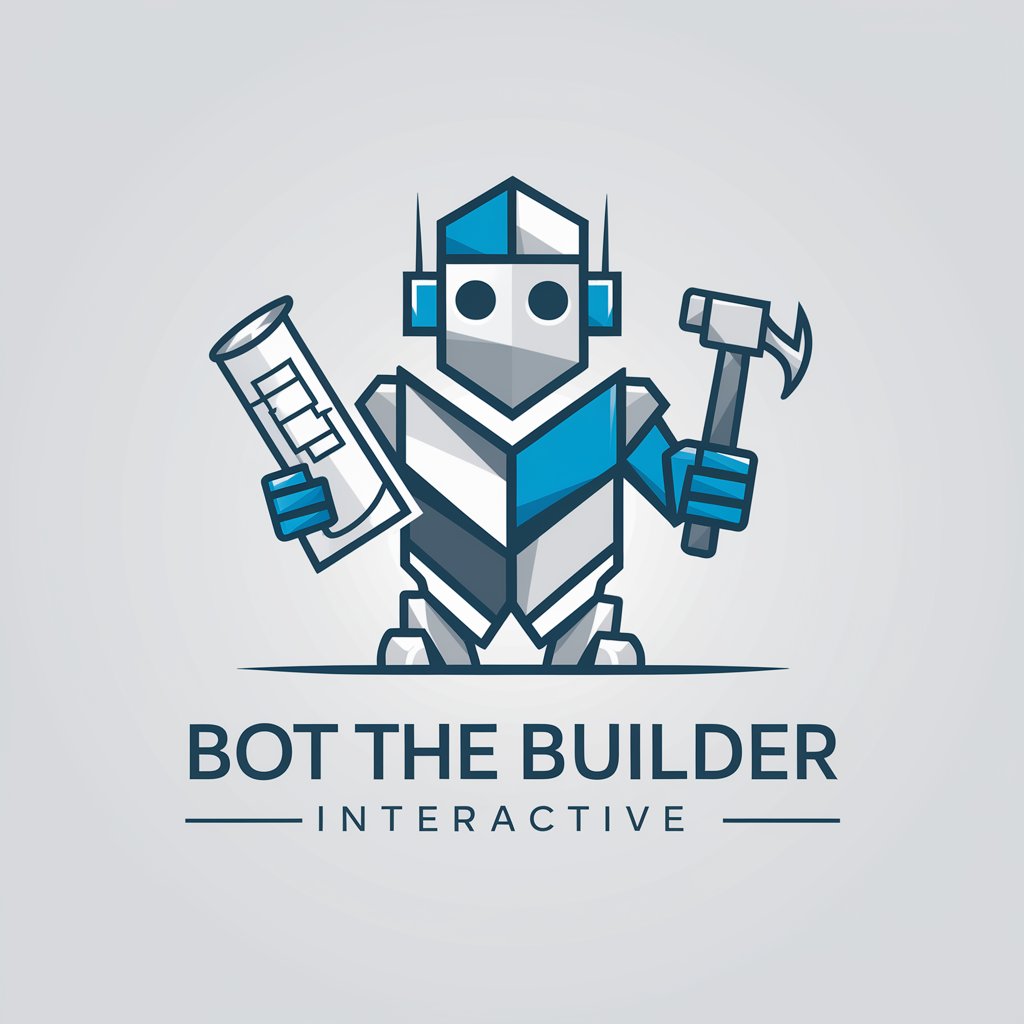
Welcome to 221B Baker Street
Step into Sherlock's World with AI

Strategos
Empower decisions with AI wisdom
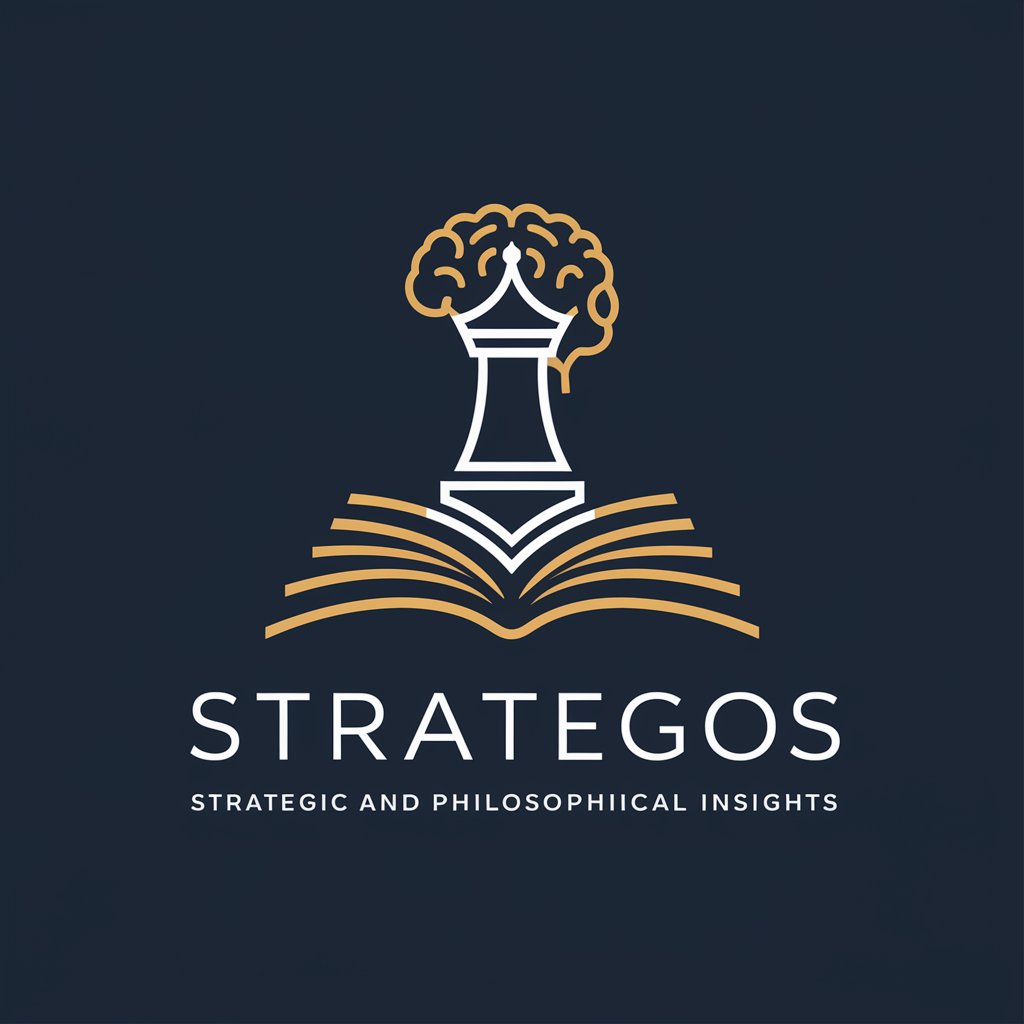
Social Post GPT
Crafting Engaging Posts with AI
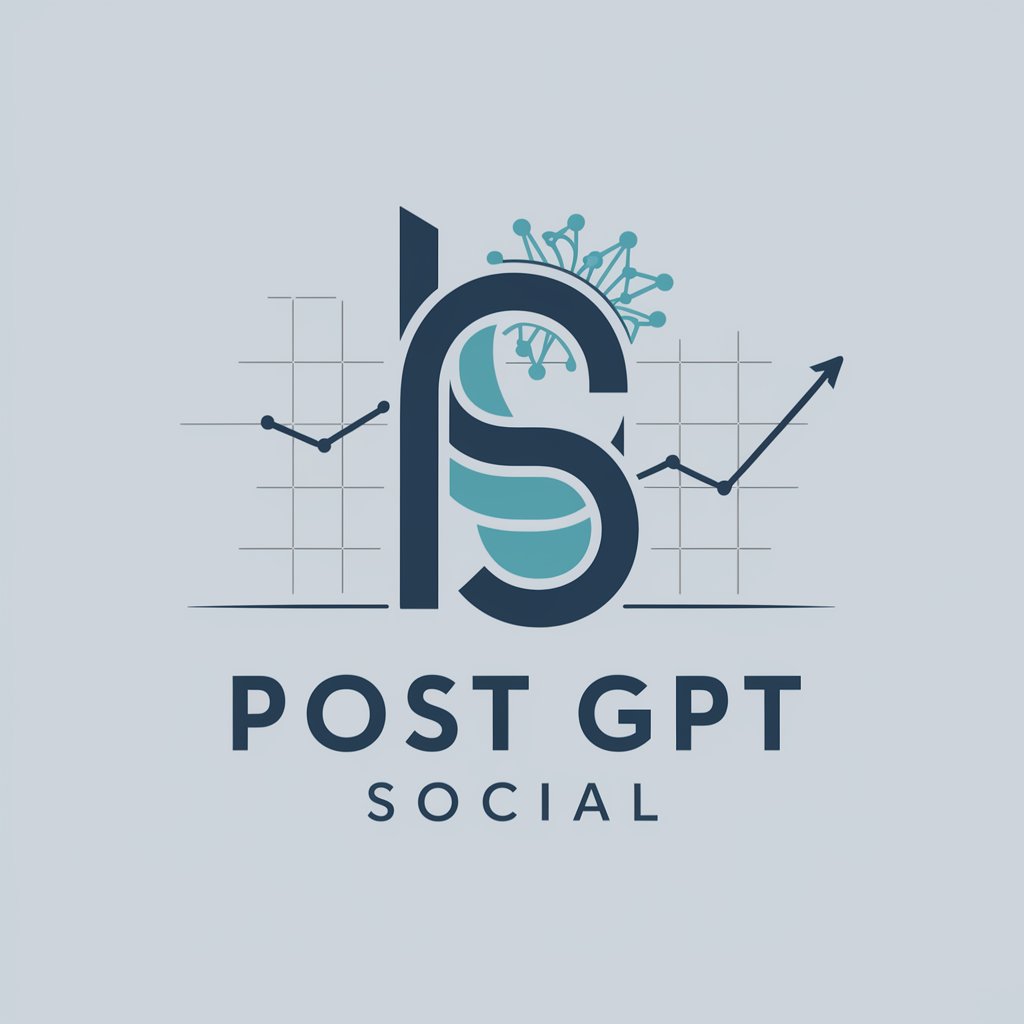
Citizenship Navigator
Navigating Citizenship, Powered by AI
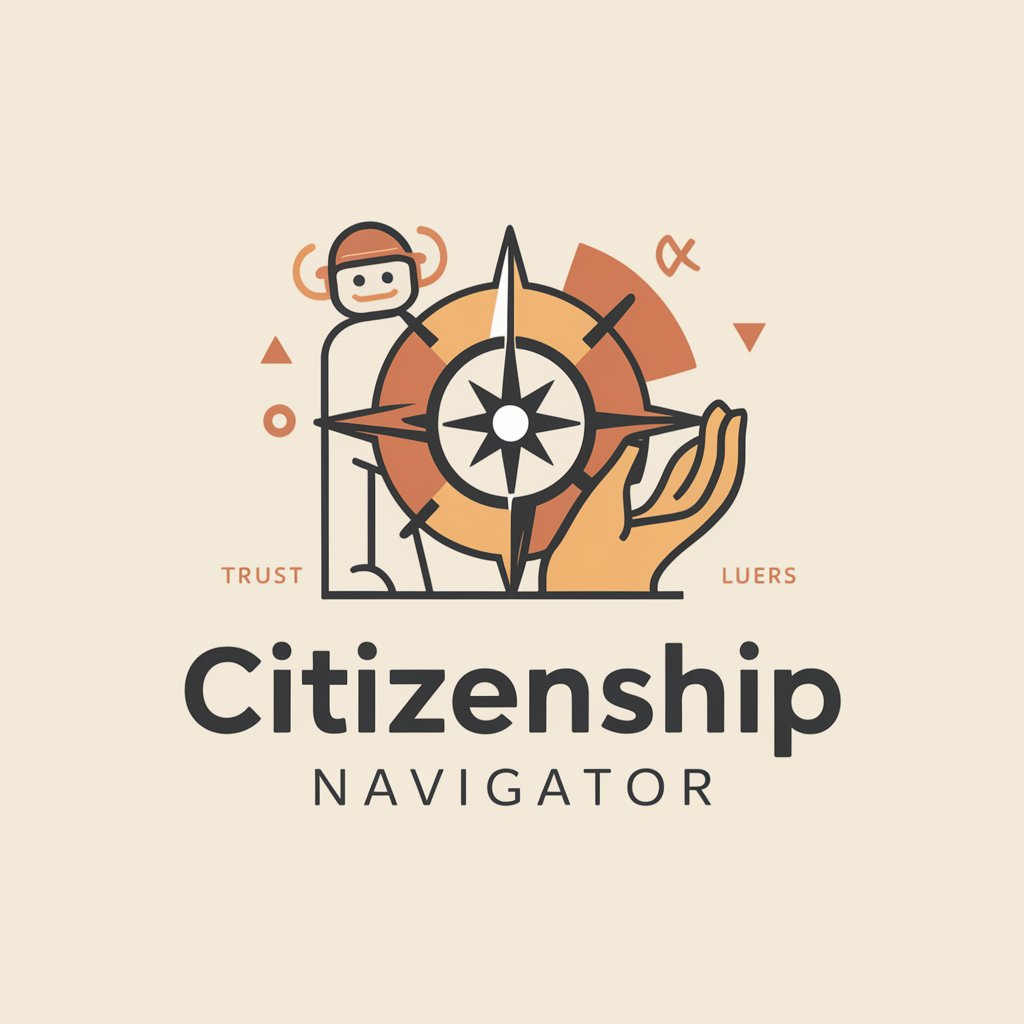
PremiumBrandys
Empowering Creativity and Analysis with AI

Django Rest Framework Documentation Q&A
What is Django Rest Framework?
Django Rest Framework is a powerful and flexible toolkit for building Web APIs in Django, simplifying the process of creating RESTful web services.
How do I start a project with Django Rest Framework?
Begin by setting up a virtual environment, installing Django and Django Rest Framework, and then use django-admin to create a new project and application.
Can Django Rest Framework handle user authentication?
Yes, Django Rest Framework offers extensive support for authentication schemes such as token authentication, OAuth1a, and OAuth2.
How does serialization work in Django Rest Framework?
Serialization in Django Rest Framework converts complex data types, like model instances, to Python datatypes that can then be easily rendered into JSON, XML, or other content types.
What are ViewSets in Django Rest Framework?
ViewSets in Django Rest Framework abstract the logic behind handling related HTTP method actions, like GET and POST, for a set of resources, allowing for cleaner, more concise view code.
